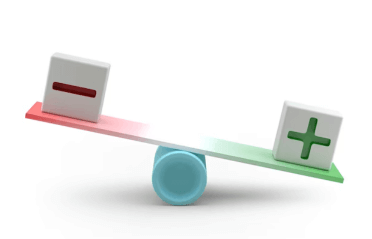Question
a.
It includes additional charges deducted from policyholder funds.
b.
It covers only fixed sum assured amounts.
c.
It is not influenced by investment income.
d.
It excludes any considerations for reserves.
Posted under IC 92 Actuarial Aspects of Product Development
Interact with the Community - Share Your Thoughts
Uncertain About the Answer? Seek Clarification Here.
Understand the Explanation? Include it Here.
Q. How does the "cost of benefits" component differ for unit-linked products compared to traditional products?
Similar Questions
Explore Relevant Multiple Choice Questions (MCQs)
Q. What are procurement expenses primarily related to in insurance?
View solution
Q. What are underwriting expenses associated with in insurance?
View solution
Q. Which of the following is NOT typically covered under administrative expenses in insurance?
View solution
Q. What is the primary consideration for a new insurer in estimating expenses while pricing insurance products?
View solution
Q. What types of expenses are typically related to premium payments in insurance?
View solution
Q. Which of the following is NOT a type of premium payment method?
View solution
Q. What are examples of initial fixed expenses incurred by insurers?
View solution
Q. Why are insurers often reluctant to sell small premium policies?
View solution
Q. How are underwriting expenses typically expressed?
View solution
Q. When do insurers typically insist on medical examination and reports for a life assured?
View solution
Q. What is the purpose of medical expenses borne by insurers?
View solution
Q. How are medical expenses typically determined by insurers?
View solution
Q. What do claim expenses for insurers typically include?
View solution
Q. In what situations are claims considered not genuine?
View solution
Q. Why do insurers exercise caution in designing various documents?
View solution
Q. What does the equation E = FE + RE represent in the context of insurance expenses?
View solution
Q. How can the cost of benefit be calculated in insurance terms?
View solution
Q. Why are insurers often reluctant to sell smaller premium policies?
View solution
Q. What factors do insurers consider when determining the minimum and optimum size of a policy?
View solution
Q. How does the design of an insurance product affect the expected volume of business?
View solution
Recommended Subjects
Are you eager to expand your knowledge beyond IC 92 Actuarial Aspects of Product Development? We've handpicked a range of related categories that you might find intriguing.
Click on the categories below to discover a wealth of MCQs and enrich your understanding of various subjects. Happy exploring!








